Audio Damage gives its dirty additive Synthesizer plugin & iOS AUv3 app Phosphor in version 3 a new look, new features, and improvements
Almost three years ago, Audio Damage released Phosphor 2, a big update for its alphaSyntauri Synthesizer emulation. It is based on digital additive synthesis that offers a harsh, aggressively digital sound character, the absolute opposite of an analog Synthesizer. Now the app and the plugin go into the third round.
Phosphor 3 is a major update with some nice new features and plenty of under-the-hood improvements. Visually, the interface has changed completely and got a new fully, resizable dress aka GUI. Further, it comes with expanded modulation options, MPE support, TUN-file support for non-equal-tempered tunings, and our brand new cross-platform preset browser. Plus it comes with a collection of factory content from Red Means Recording and Ken Flux Pierce.
Features
Phosphor 3 features two voices, each voice is equipped with a wavetable oscillator with transposition and fine-tuning controls, a noise generator (white noise or shift-register in vintage mode), level ADSR, delay line with filter, and level and pan controls. However, it is not a normal wavetable oscillator because it is based on additive synthesis where each oscillator has 16, 32, or 64 partials with individual level sliders, preset buttons for common waveforms, and partial level randomization.
Vintage modes introduce digital artifacts and distortion to the sound generators. It can be activated individually for each oscillator and noise source. For more fun, the oscillators also offer cross-modulation where the voices’ oscillators can modulate each other’s frequencies (NED Synclavier). Voices can be muted and used only exclusively as modulators, too. On the modulation side, it comes with a new modulation panel for quick assignments.
Here you can find 2 ADSR envelopes (one for each voice) and two host-tempo-synced LFOs with sine, triangle, rectangle, and random shapes. The LFO section comes with Skew sliders that affect waveforms differently in different modes. It can be used on a per-note basis or globally.
In the end, the audio signal is passed through dual delays, one optionally host-tempo synced delay effect for each voice with a feedback filter. Each voice’s delay can crossfeed into the other.
Other Features
- TUN File Support: Load TUN-files for non-traditional/microtonal tunings.
- Voice Modes: Poly mode, as well as mono mode without retrigger and retrigger mode. Variable portamento in mono and retrigger mode.
- T-Rand modulation: Modulation source generating a bipolar random value every time a note is played.
- Software Keyboard: Particularly useful on touch interfaces. Note velocity is determined by Y position.
- MPE (MIDI Polyphonic Expression): Full MPE support with variable parameter smoothing for aftertouch.
- Factory Presets: Phosphor 3 comes with a collection of factory content, including Designer Presets from Red Means Recording and Ken Flux Pierce.
- All-New Preset browser: Quick and easy preset import, export and organisation. Supports import and export of zip archives, preset copy and paste, and arrangement of user presets in folders.
- Cross-Platform Preset Format: Fully cross-platform XML-based preset-format. Work between multiple systems without troubles, make a preset on your desktop machine and paste it to the iOS version with Handoff, easily share your creations with your friends, or make a preset bundle to sell.
- Fully Resizable Hi-Dpi/Retina GUI: Phosphor 3’s vector-based GUI is resolution-agnostic, and displays the same on every system and resolution. Easily resize the UI (per instance) to match your visual needs, from postage stamp to poster-sized.
Audio Damage Phosphor 3 is available now for $59 USD for PC, Mac, and Linux (VST, AU, AAX – 64-bit). Existing users of P2 can update for free. Phosphor 3 is also available for iOS (AUv3) for an introductory price of $3.99 USD. App upgrades are permitted by the Apple App Store, so you have to buy the app again.
More information here: AD

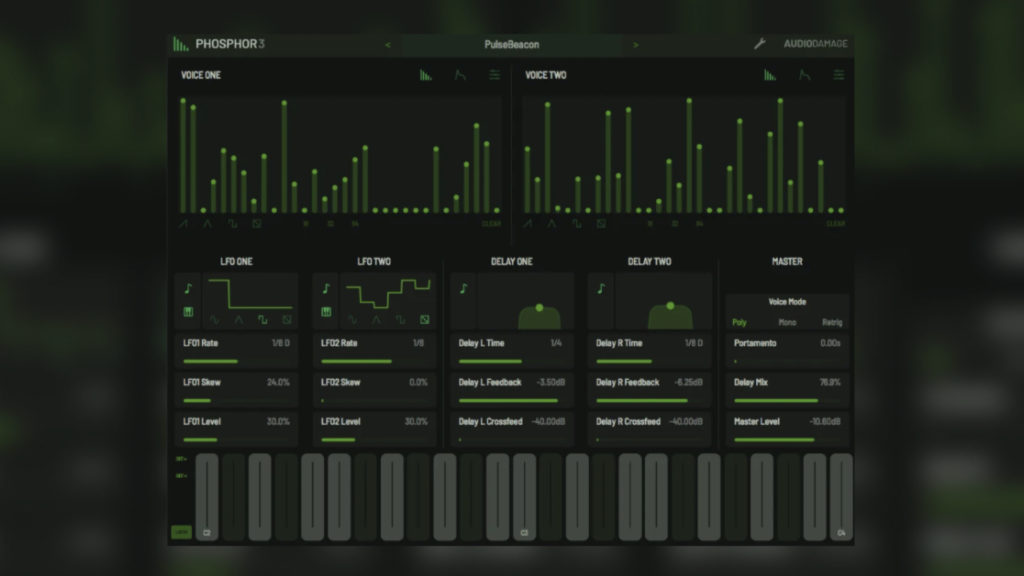
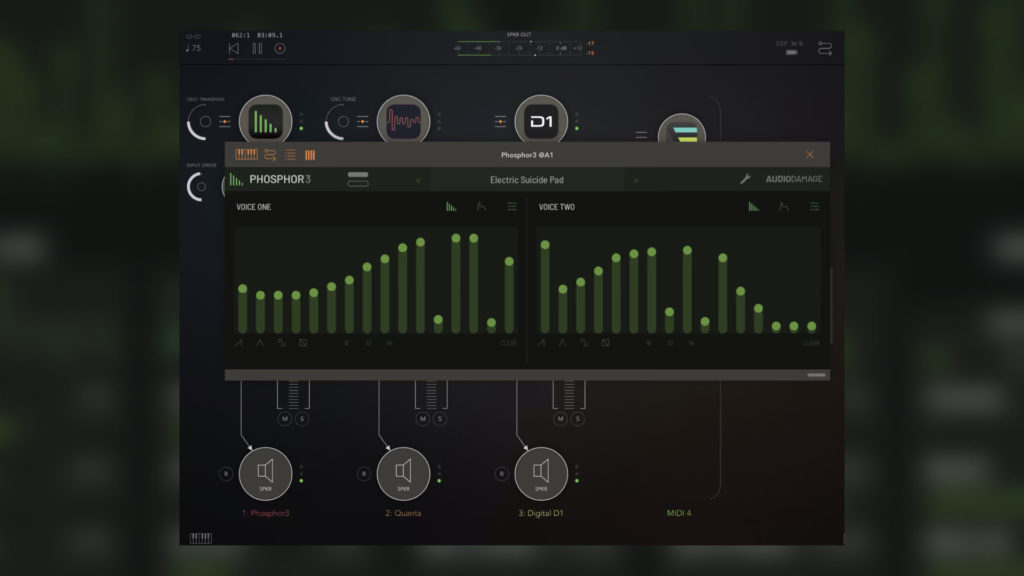
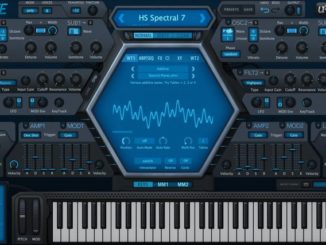
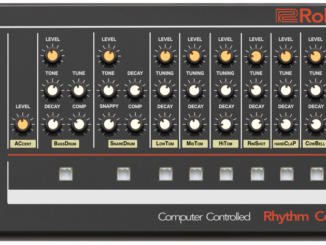
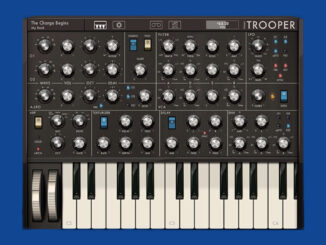
Audio Damage is the worst developer i ever had to deal with, by far. Sold everything i had from AD when Chris Randall started behaving like a spoiled 12 years old child who can’t commit to the business model he somehow himself created.
When you treat your clients like disposables, you get what you deserved. I’ve never missed AD plugins for a second and i’m real happy with the plugins and developers i chose to work with.
Don’t waste time replying, i don’t care. I just vowed to say something about Randall’s attitude problem when i can…
Why new products from AD all the time when current products have unresolved bugs and customer support issues go unanswered & unresolved? Seems like a cynical business model…